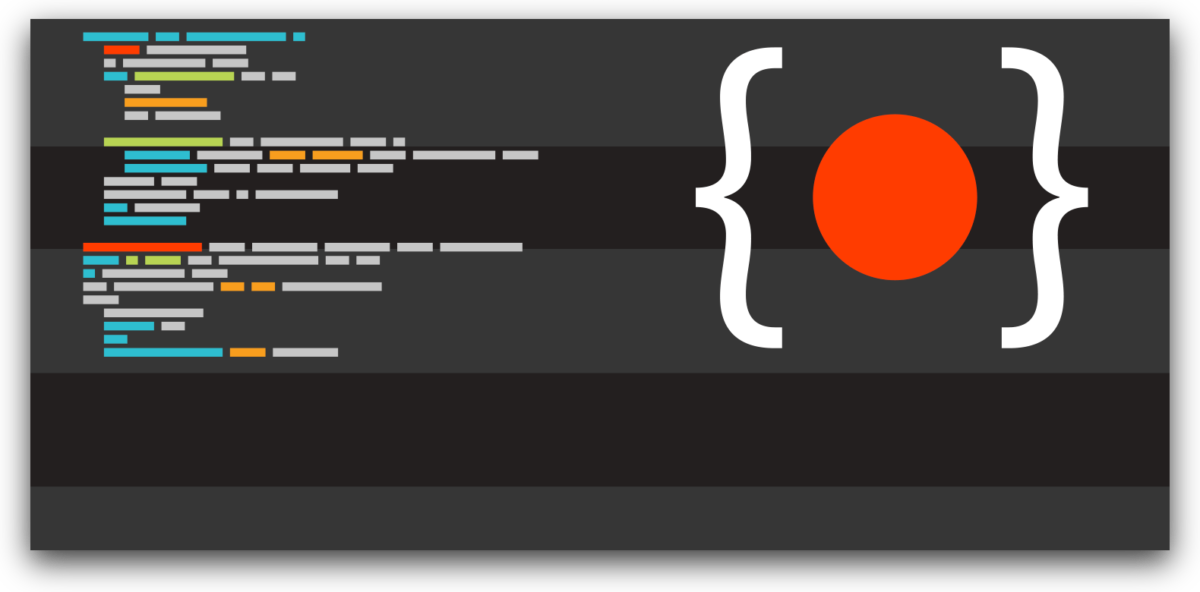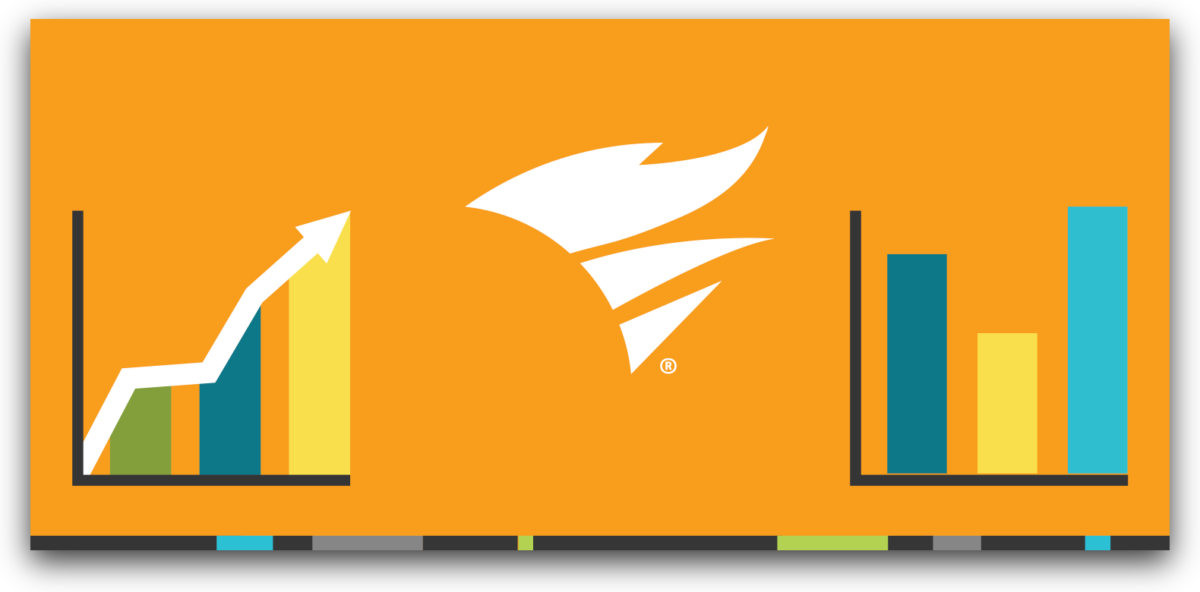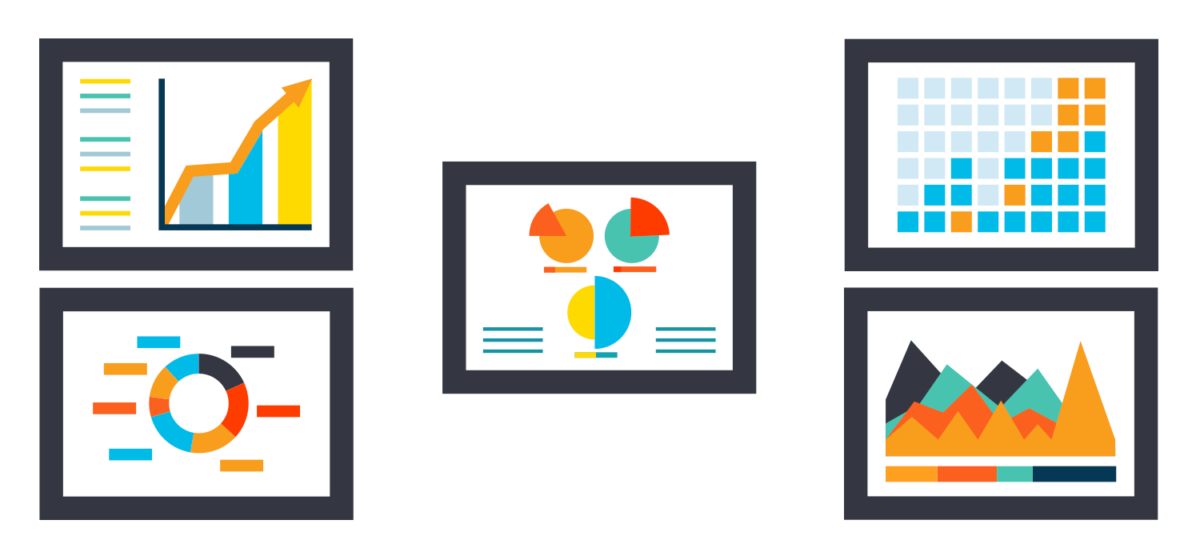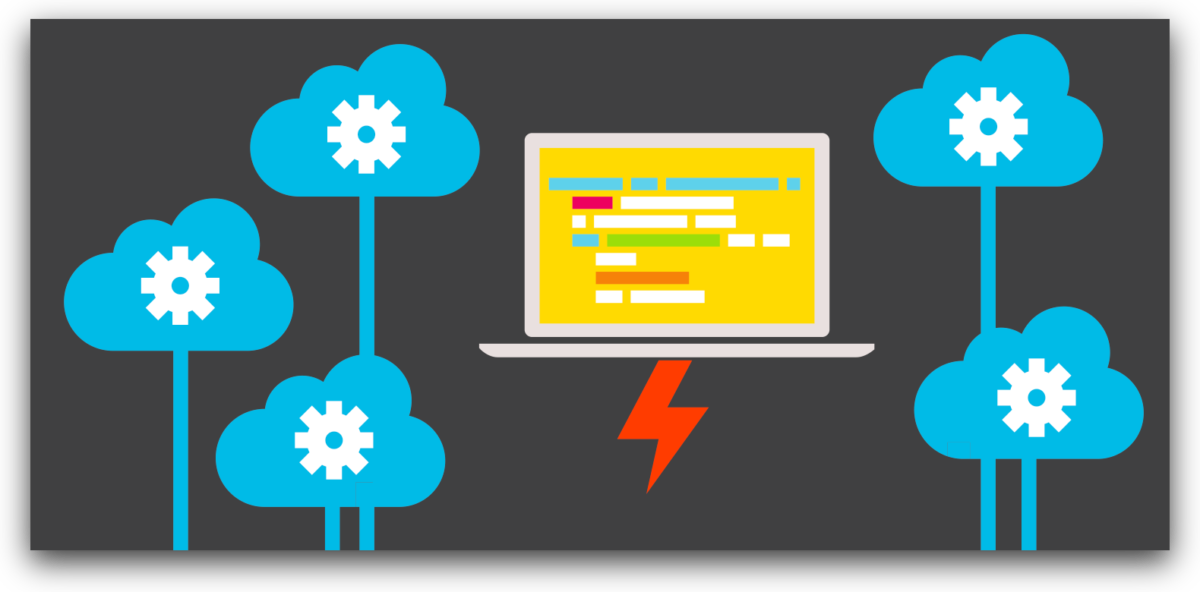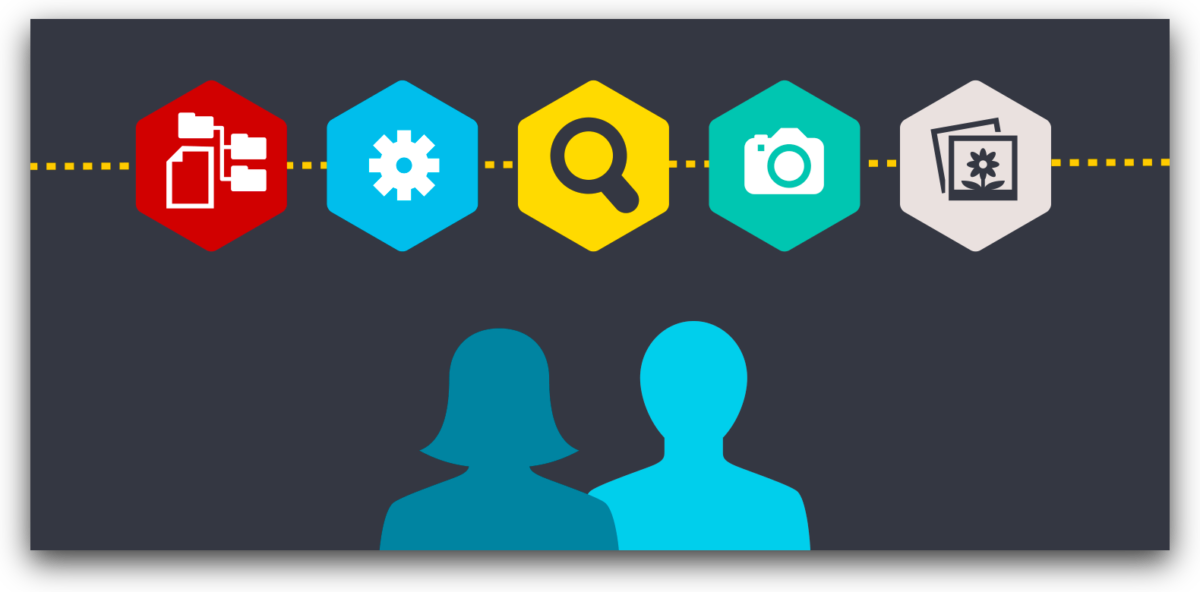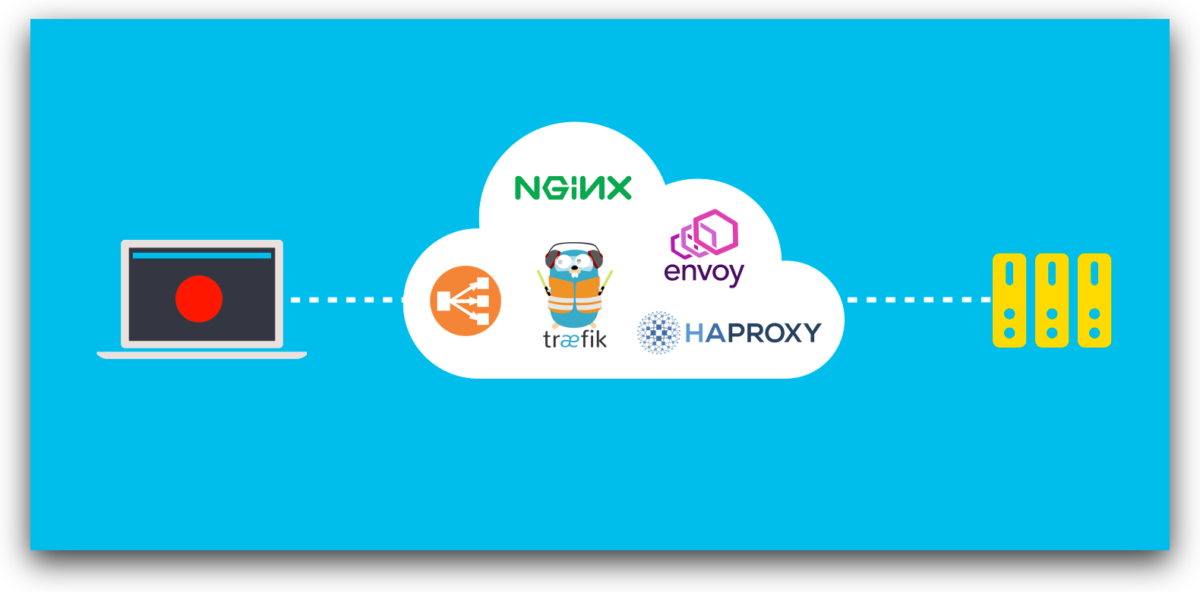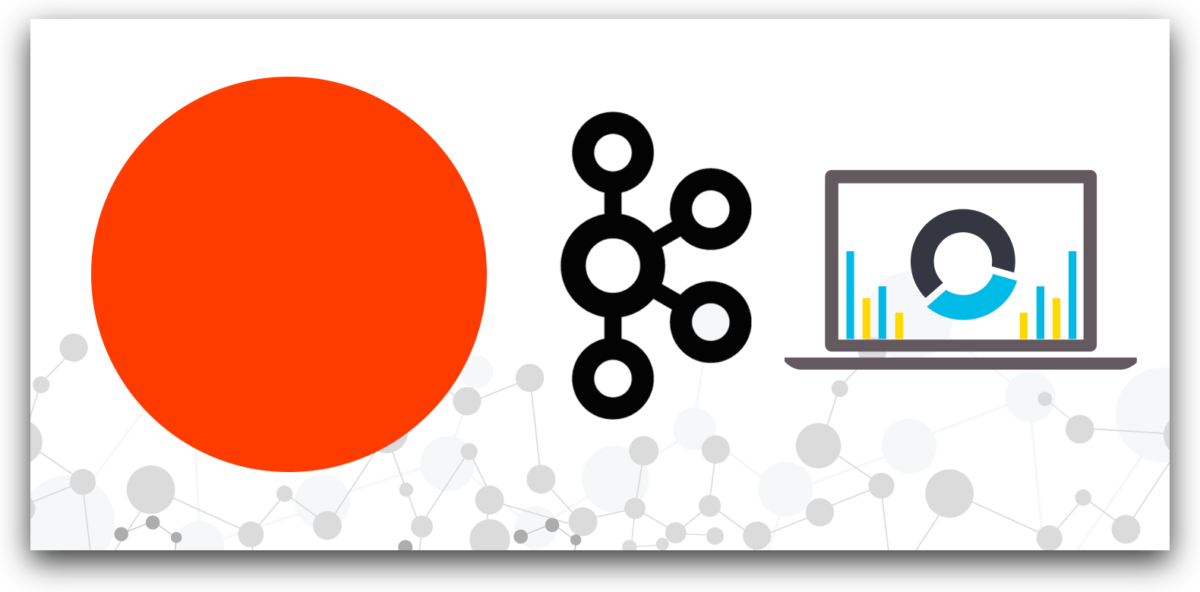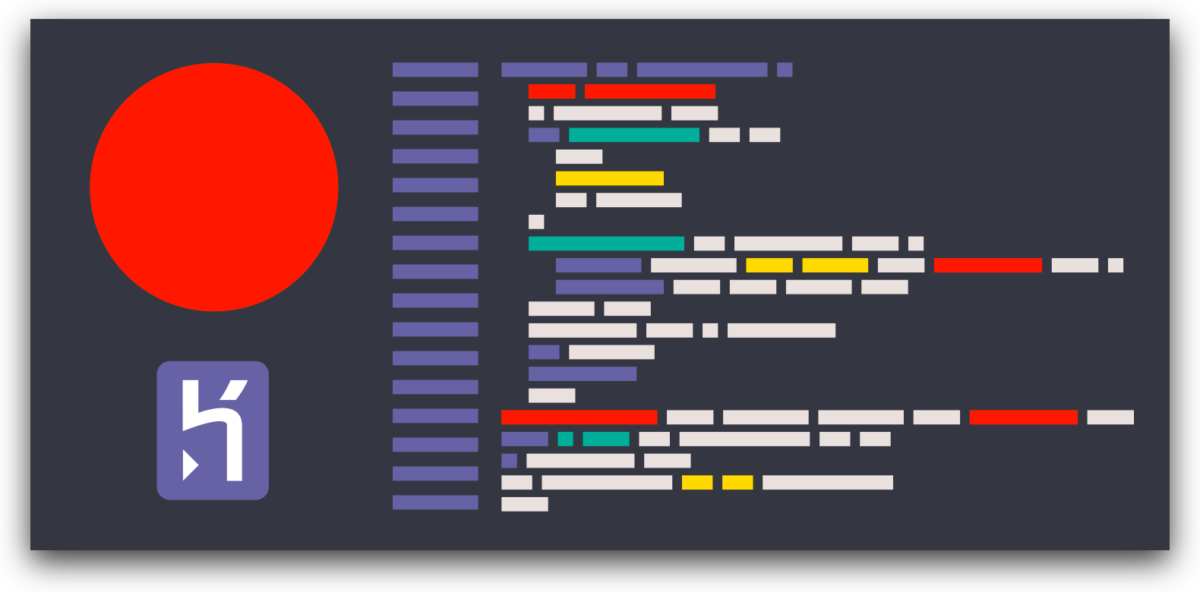Best Practices for Client-Side Logging and Error Handling in React
March 21, 2019
Logging is an essential part of development. While working on React projects, logging provides a way to get feedback and information about what’s happening within the running code. However, once an app or website is deployed into production, the default console provides no way to continue benefiting from logs. Since these logs are client-side, all errors experienced by users will be lost in their own browsers. This means that the only way we can find out about errors in our application is by user reports, which often don’t happen; many users will simply leave rather than filling out a bug report.


